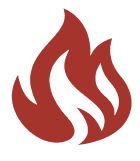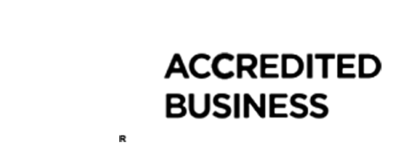“What Restoration Steps Are Taken Following Fire Damage?”
Fire damage can be devastating, but knowing the proper steps to take in the aftermath can make all the difference. In this guide, we delve into the meticulous process of restoring properties following fire incidents.
Definition of fire damage
Fire damage refers to the destruction caused by flames, heat, smoke, and soot during a fire incident. It encompasses both visible destruction and hidden damage to structures, belongings, and the environment. Depending on the intensity and duration of the fire, fire damage can range from minor burns and discoloration to complete structural collapse.
Importance of restoration after fire damage
Restoration after fire damage is crucial for several reasons. Firstly, it helps to salvage as much property and belongings as possible, reducing financial losses for the affected individuals or businesses. Secondly, prompt restoration can prevent secondary damage caused by water, smoke, and soot residues. Additionally, restoring the property to its pre-fire condition ensures the safety and well-being of occupants and prevents potential health hazards associated with exposure to smoke and contaminants.
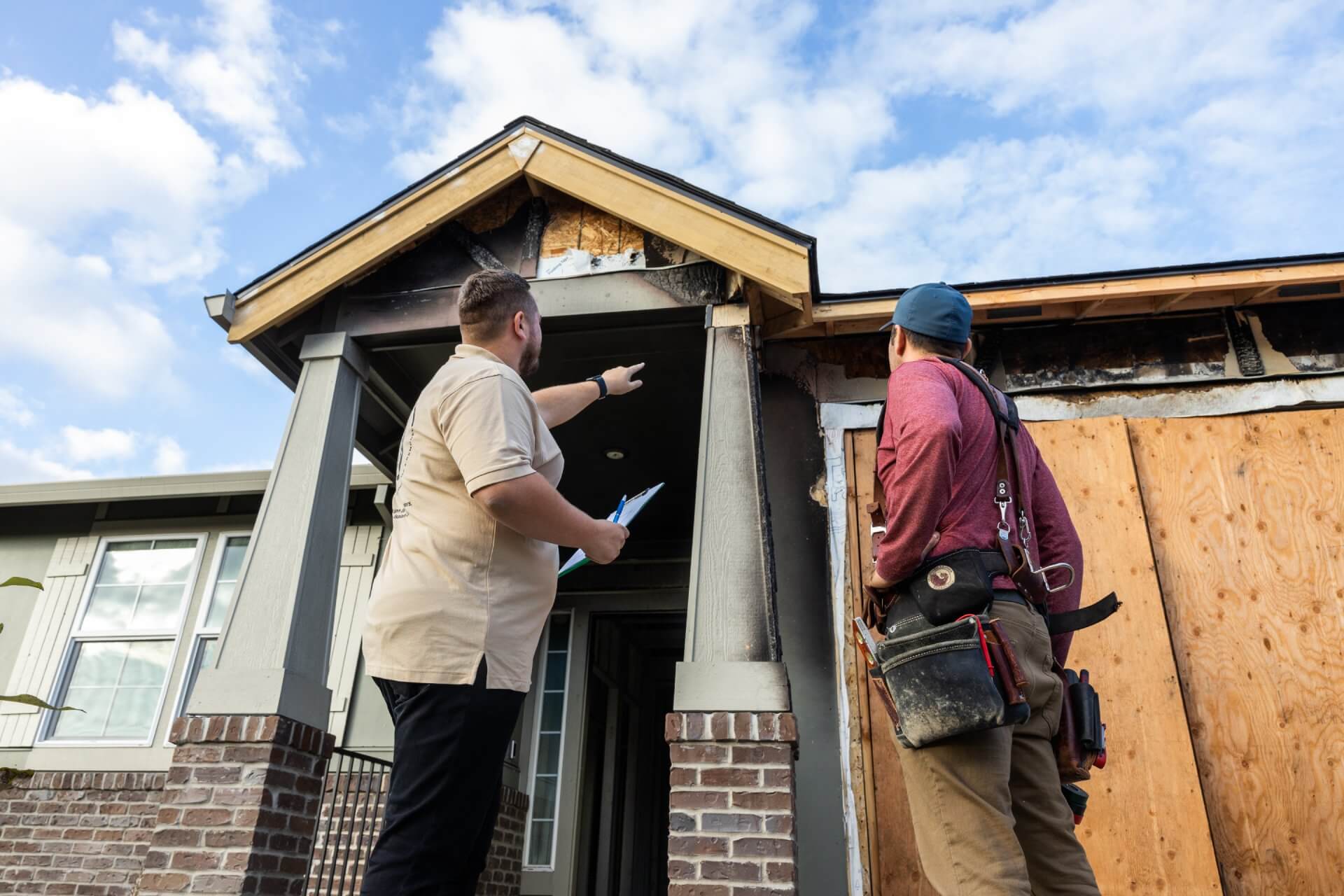

Understanding Fire Damage
Fire damage isn’t a one-size-fits-all scenario. Understanding the nuances of the damage is crucial for practical restoration efforts.
Types of Fire Damage
- Minor Smoke Residue: Fires that are contained quickly or produce minimal flames may result in minor smoke residue. This type of damage typically affects surfaces and belongings, leaving behind soot and smoke odors.
- Moderate Structural Damage: Fires that spread beyond a single area can cause moderate structural damage. This may include damage to walls, ceilings, floors, and structural components like beams and supports. Additionally, there may be significant smoke and soot residue throughout the affected area.
- Severe Structural Damage: Intense fires can cause severe structural damage, compromising the integrity of the building. This type of damage may involve extensive destruction of walls, roofs, and other structural elements. Significant reconstruction efforts are often required to restore the building to its pre-fire condition.
Severity Levels
- Minor Damage: Damage is limited to specific areas or items within the building. Restoration efforts focus on cleaning, deodorizing, and repairing minor damage to surfaces and belongings.
- Moderate Damage: Damage affects more significant areas of the building, requiring more extensive restoration work. This may include repairs to structural elements and thorough cleaning of surfaces to remove smoke residue.
- Severe Damage: Damage is extensive and may render the building uninhabitable until significant repairs are completed. Restoration efforts involve comprehensive reconstruction to address structural damage and restore the building to a safe and functional condition.
Categorizing the severity of fire damage allows restoration teams to prioritize tasks and allocate resources effectively. By assessing the extent of the damage, they can develop a plan to address immediate safety concerns and begin the restoration process efficiently.
Initial Assessment
Safety inspection
The first step in fire damage restoration is conducting a safety inspection to assess potential hazards and risks on the property. This includes checking for structural instability, electrical hazards, and the presence of harmful chemicals or gases. Safety measures such as securing the site, wearing protective gear, and implementing proper ventilation are essential during this phase.
Evaluation of structural damage
Once the site is deemed safe, a thorough evaluation of structural damage is conducted. This involves identifying weakened or compromised structural elements such as walls, floors, and roofs. Understanding the extent of structural damage is crucial for developing an effective restoration plan and ensuring the safety of restoration crews.
Assessment of smoke and soot residue
Another critical aspect of the initial assessment is evaluating the extent of smoke and soot residue throughout the property. Smoke and soot can penetrate porous materials, leaving behind odors and potentially harmful particles. Assessing the scope of smoke and soot contamination helps determine the appropriate cleaning and remediation methods.
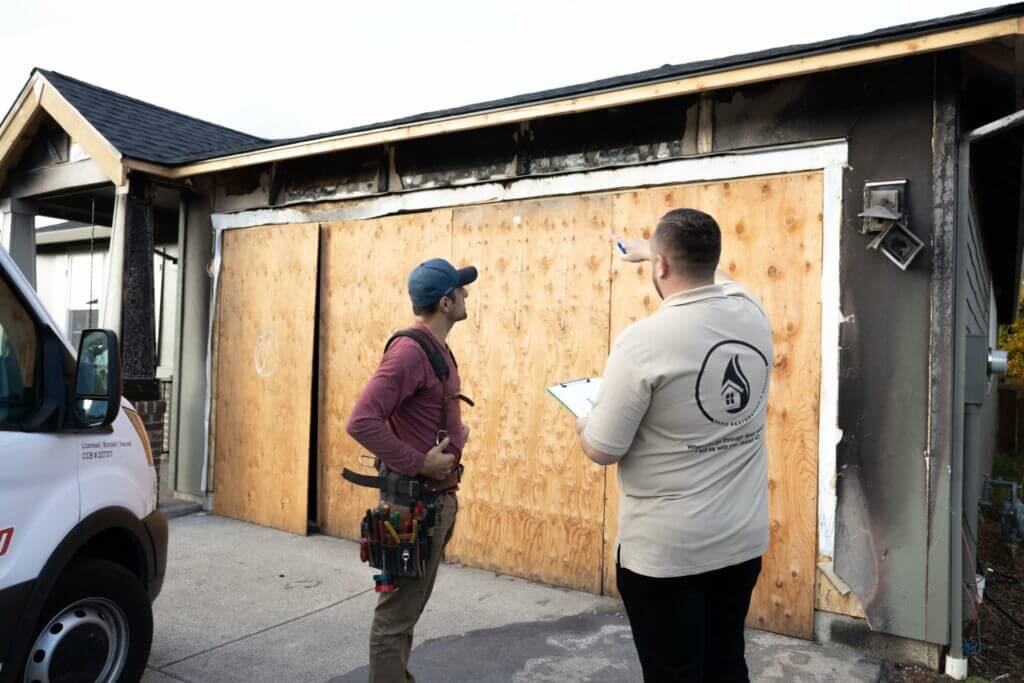

Cleanup and Debris Removal
Removal of debris and charred materials
The cleanup process begins with the removal of debris and charred materials from the property. This includes clearing out burnt furniture, appliances, and structural components that cannot be salvaged. Proper disposal of debris is essential to prevent further contamination and create a safe working environment for restoration crews.
Salvaging of salvageable items
During the cleanup phase, salvageable items such as furniture, clothing, and personal belongings are identified and salvaged whenever possible. Specialized techniques such as content cleaning and restoration are employed to mitigate damage and preserve valuable possessions. Salvaging items also helps alleviate the emotional distress caused by the loss of personal belongings.
Water Damage Mitigation
Assessment of water damage caused by firefighting efforts
In many cases, water damage is incurred during firefighting efforts to extinguish the flames. Assessing the extent of water damage is crucial for preventing mold growth, structural deterioration, and other long-term issues. This involves inspecting for water infiltration, moisture buildup, and potential plumbing leaks.
Water extraction and drying
Once water damage is assessed, water extraction and drying procedures are implemented to remove excess moisture from the property. Industrial-grade equipment such as pumps, dehumidifiers, and air movers are utilized to facilitate the drying process effectively. Swift water extraction and drying help prevent further damage and minimize restoration time.
Smoke and Soot Remediation
Evaluation of smoke and soot spread
After addressing water damage, attention turns to smoke and soot remediation. A thorough evaluation is conducted to determine the extent of smoke and soot spread throughout the property. This includes assessing air quality, inspecting HVAC systems, and identifying areas of concentrated residue buildup.
Cleaning of surfaces affected by smoke and soot
Once smoke and soot contamination are identified, cleaning and decontamination procedures are initiated to restore affected surfaces. Specialized cleaning agents and techniques are employed to remove smoke stains, soot residue, and lingering odors from walls, ceilings, floors, and furnishings.
Deodorization of the property
Eliminating smoke odors is a critical aspect of smoke and soot remediation. Various deodorization methods, such as thermal fogging, ozone treatment, and activated charcoal filtration, are utilized to neutralize odors and improve indoor air quality. Deodorization ensures that the property is not only clean but also free of unpleasant smells associated with fire damage.
Structural Repair and Reconstruction
Repair of structural damage
With the property cleaned and decontaminated, structural repair and reconstruction can commence. This involves repairing or replacing damaged structural components such as walls, floors, roofs, and support beams. Structural integrity is restored to ensure the safety and stability of the restored property.
Replacement of damaged materials
In addition to structural repairs, damaged materials such as drywall, insulation, flooring, and cabinetry may need to be replaced. To restore the property to its pre-fire condition, high-quality materials that meet safety and building code standards are used. Replacement materials are selected to match the aesthetics and functionality of the original components.
Reconstruction of severely affected areas
In cases of severe fire damage, extensive reconstruction may be necessary to rebuild affected areas of the property. This could involve reconstructing entire rooms, sections of the building, or even the entire structure. Reconstruction efforts focus on not only restoring the property’s functionality but also enhancing its resilience against future fire incidents.
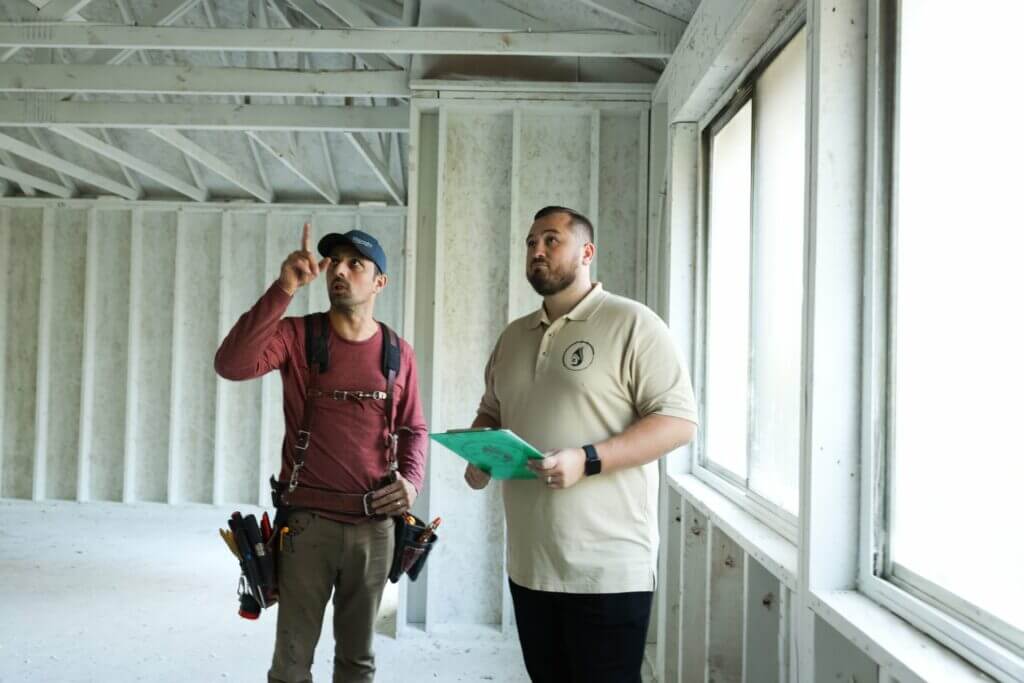

Restoration of Personal Belongings
Cleaning and restoration of salvageable items
Throughout the restoration process, efforts are made to clean and restore salvageable personal belongings. Specialized techniques such as dry cleaning, wet cleaning, and ultrasonic cleaning are employed to remove smoke, soot, and odor residues from clothing, furniture, electronics, and other items. Restoration of personal belongings helps to minimize losses and preserve sentimental value for property owners.
Inventory documentation for insurance claims
As personal belongings are cleaned and restored, thorough inventory documentation is maintained for insurance claims purposes. Detailed records of salvaged items, cleaning procedures, and restoration costs are compiled to support insurance claims and reimbursement requests. Accurate documentation ensures that property owners receive fair compensation for their losses.
Restoration of Utilities
Inspection and repair of electrical systems
Following structural repairs, utilities such as electrical systems are inspected and repaired to ensure safety and functionality. This involves assessing wiring, outlets, switches, and electrical panels for damage or malfunction. Repairs are made as needed, and electrical systems are tested to verify compliance with safety standards.
Restoration of water and gas supply lines
Similarly, water and gas supply lines are inspected and restored to proper working condition. Any damaged pipes, fittings, or fixtures are repaired or replaced to prevent leaks, contamination, or other hazards. Water and gas systems are thoroughly tested to ensure reliability and safety before returning the property to occupants.
Final Inspection and Certification
Comprehensive inspection of the property
Once restoration work is completed, a comprehensive inspection of the property is conducted to ensure that all necessary repairs and remediation efforts have been successfully implemented. This includes verifying structural integrity, cleanliness, utility functionality, and overall compliance with safety standards.
Certification of restoration completion
Upon satisfactory completion of the final inspection, the property is certified as restored, and documentation is provided to the property owner or relevant stakeholders. Restoration certification serves as an assurance that the property has been effectively restored to its pre-fire condition and is safe for occupancy or use.
FAQs: What Restoration Steps Are Taken Following Fire Damage
How long does the fire damage restoration process typically take?
The duration of the restoration process varies depending on the extent of the damage. Minor cases may take a few days, while more severe damage could require weeks or even months for complete restoration.
Is it safe to remain in the property during the restoration process?
For safety reasons, it’s advisable to temporarily relocate during the restoration process. Restoration work involves potential hazards such as exposure to chemicals, dust, and structural instability.
Will my insurance cover the cost of fire damage restoration?
Most homeowners’ insurance policies cover fire damage restoration, but coverage may vary. Review your policy details and consult with your insurance provider to understand the extent of your coverage.
Can I salvage any personal belongings damaged by fire?
Yes, many personal belongings can be salvaged through specialized restoration techniques. Restoration professionals can assess the damage and recommend the best course of action for each item.
How can I prevent future fire incidents?
Practice fire safety measures such as installing smoke detectors, maintaining electrical systems, and exercising caution with flammable materials. Conduct regular fire drills and educate household members about fire prevention strategies.
What precautions should I take during the restoration process?
Follow safety guidelines provided by restoration professionals, including wearing appropriate protective gear and avoiding areas undergoing active restoration. Communicate any health concerns or sensitivities to the restoration team for proper accommodation.
Conclusion
In conclusion, fire damage restoration is a complex and multifaceted process that requires careful assessment, planning, and execution. From initial safety inspections to final certification, each phase of the restoration process plays a crucial role in returning the property to its pre-fire condition. By addressing structural damage, water and smoke remediation, personal belongings restoration, utility restoration, and final inspection, fire damage restoration professionals help property owners navigate the challenges of recovering from fire incidents and rebuilding their lives.
